
Hel City (2019) by Gregorio Méndez
CROSSROADS 2020 – program 5
the rocks crumble
program online August 26–September 30
program community partner: Prelinger Library
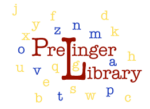
We sit facing the past. Time devours us. No archive can restore you. Opening with a world-weary travelogue collaged from a vast international collection of home movies, the works in this program ponder notions of wander, displacement, retreat and exile, while offering occasional suggestions of solace. The archive is explored, mined, appropriated, presented as a trove open to interpretation and translation. Oceans fall and mountains drift.
SCREENING: Hel City (2019) by Gregorio Méndez; Fantasy of Being in Exile (2019-2020) by Hua Xi Zi; dream less (2020) by Charlotte Clermont; Apertures (a brighter darkness) (2019) by Karissa Hahn; Einige Orte Dazwischen (A Few Spaces In Between) (2016) by Laura J. Padgett; No Archive Can Restore You (2020) by Onyeka Igwe; Solitaire (2017) by Laura J. Padgett; Ghosts of our Fallen (2019) by Kit Young; tulips are my father’s favourite flower (2018) by Nisha Platzer; Itinerary of Surfaces (2020) by Carl Elsaesser; Distancing (2019) by Miko Revereza
TRT: 64 minutes

Hel City (2019) by Gregorio Méndez
Hel City is a piece created using anonymous Super 8 material from the ‘70s, taken by travelers and tourists around the world. The title is inspired by the name of a character in the film Metropolis—the wife of the scientist Rotwang and inspiration for his—as well as the name of the goddess of the underworld in the Nordic culture. Both with one beautiful side and another cruel one. Through a woman named Hel, Hel City reflects on the paradigm changes in the cultures of the planet due to the population explosion while looking at the cities through axes of past, present and future. Hel City is the portrait of a universal Babel. (Gregorio Méndez)
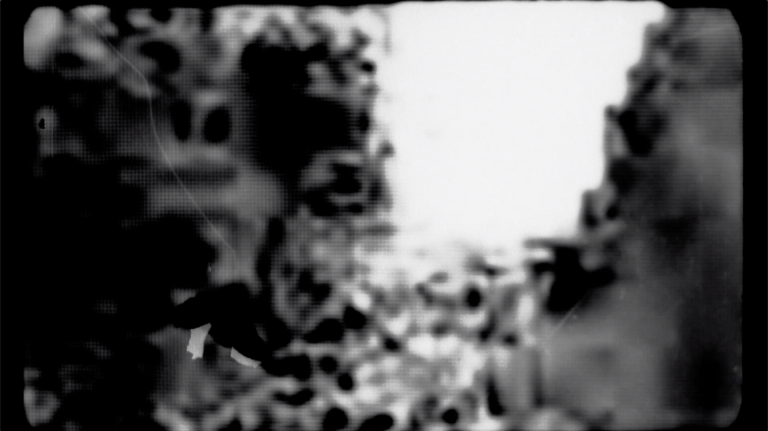
Fantasy of Being in Exile (2019-2020) by Hua Xi Zi
*note: strobe light effect*
world – camera – film – computer – screen – camera – film – screen – world
This video projection is about the unattainable. The haunting longing between the present and the unobtainable memory is a romantic dream to fight for freedom. It is an audiovisual expression as a response to both history and future events. The translations of visual material—from world to film to the digital screen and back to the world—are failed attempts to obtain. Fear. It is about not re-enforcing the suffering images and lives. Abstraction. It is a result of the power today—we are not allowed to directly talk about realities, truths and memories. It is also an individual murmuring to the collective memory. The inability to stay; the fantasy to be exiled. (Hua Xi Zi)
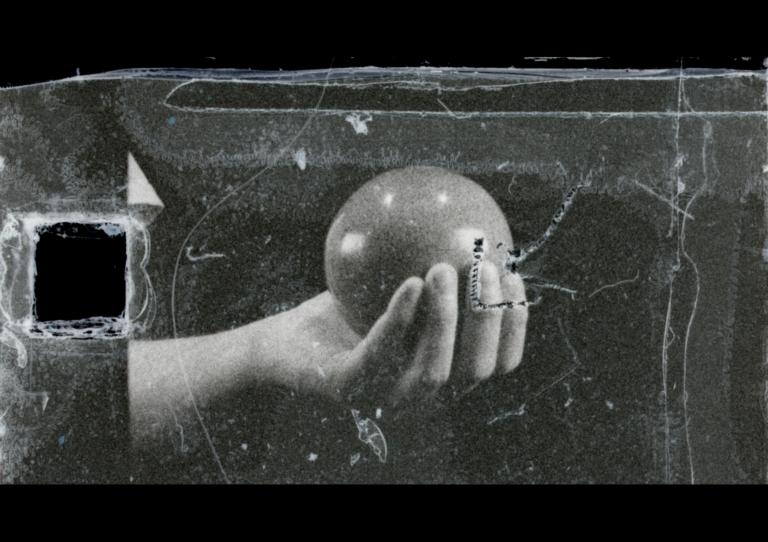
dream less (2020) by Charlotte Clermont
You enter. Galaxy addictions and a blow of erotic thoughts. Soft reality and harsh dreams; seashell hearts are clinically observed. You are a Director/I am a Negociator. My feelings are hiding behind five black velvet curtains while maybe you say you never day (dream). (Charlotte Clermont)
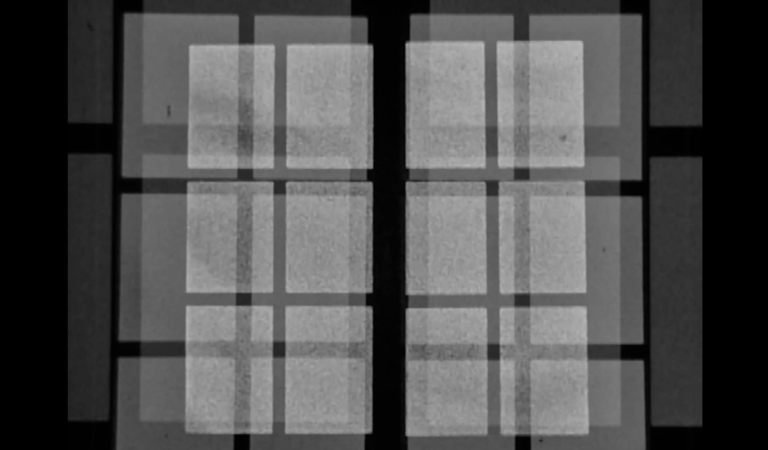
Apertures (a brighter darkness) (2019) by Karissa Hahn
and just as the swelter plateaus toward a vertical horizon
the curtain falls flat in motion
a hinge unlatches from sill
and a slab of paint is finally relieved, alighting
—the window continues to open
(Karissa Hahn)

Einige Orte Dazwischen (A Few Spaces In Between) (2016) by Laura J. Padgett
Recurring abstract and microscopic structures appear in this film that Padgett compiled from found footage for the exhibition Innocents Abroad—Made for Arolsen in Schloss Bad Arolsen. She used material culled from educational films produced during the ’60s and ’70s from the educational film archive at the University of Paderborn. Padgett worked with such source material as How Does the Wind Come to Be?, How to Lay a Table and Skin: Our Vulnerable Protective Barrier. Scenes of work on an assembly line or experiments in scientific labs reference a technical/scientific modernity. The film images reveal a historical dimension, while introducing layers of referential meaning and placing the film in relationship to our understanding of what we consider to be state of the art. (Ludwig Seyfarth)
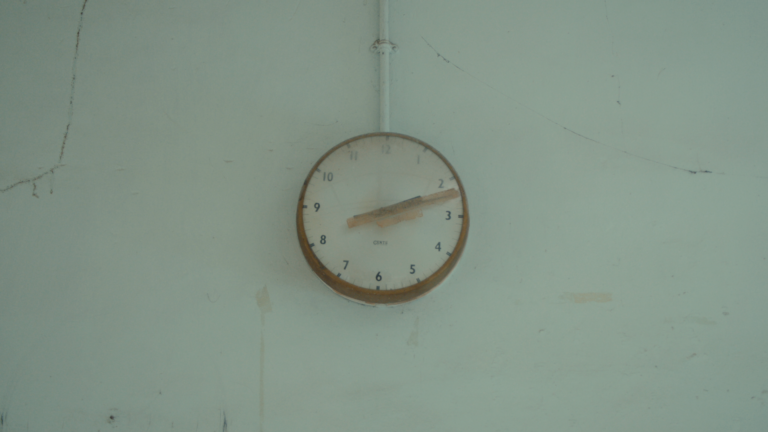
No Archive Can Restore You (2020) by Onyeka Igwe
The Nigerian Film Unit was an outpost of the British Colonial Film Unit. The building now stands empty in the shadow of today’s Nigerian Film Corporation, rooms full of dust, cobwebs, stopped clocks, rotting film cans. Amongst these cans, a long-lost classic of Nigerian filmmaking, Shehu Umar (1976) was found in 2015. The films housed in this building are hard to see because of their condition, but also perhaps because people do not want to see them. They reveal a colonial residue that is echoed in walls of the building itself. Taking its title from the 2018 Juliette Singh book, No Archive Can Restore You depicts this archive, which lies just out of view in the heart of Lagos. Despite its invisibility, it contains purulent images that we cannot, will not or choose not to see. (Onyeka Igwe)
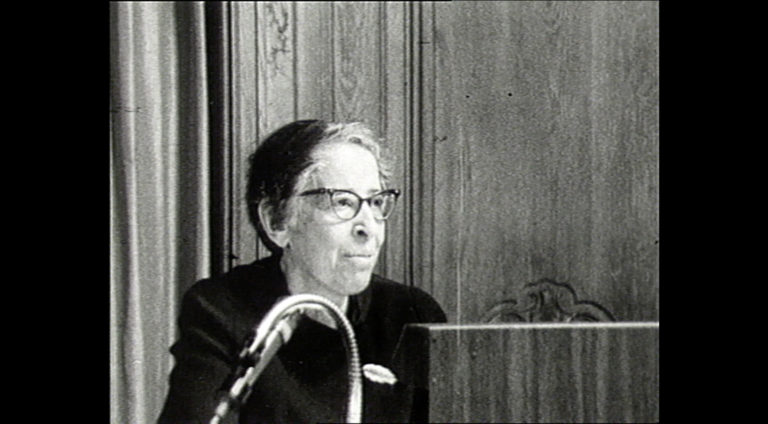
Solitaire (2017) by Laura J. Padgett
We see Max Horkheimer buying newspapers, we hear Hannah Arendt speaking about the mother tongue and making the invisible tangible. We also see Frankfurt am Main during the great (re)construction boom of the 1960s. We see demonstrations on the Römerberg and the presence of the American Forces in the Federal Republic of Germany during the cold war as well as scenes after the apprehension of members of the Red Army Faction. Housing shortages, urban development, youth and their future, guest workers, consumer society: these topics are repeatedly presented and discussed in the Hessen Schau news program from this period. Solitaire is made from documentary film material and radio broadcasts of the late 1950s until 1972. It was culled exclusively from the Hessian Broadcasting Corporation’s (hr) archives. (Laura J. Padgett)
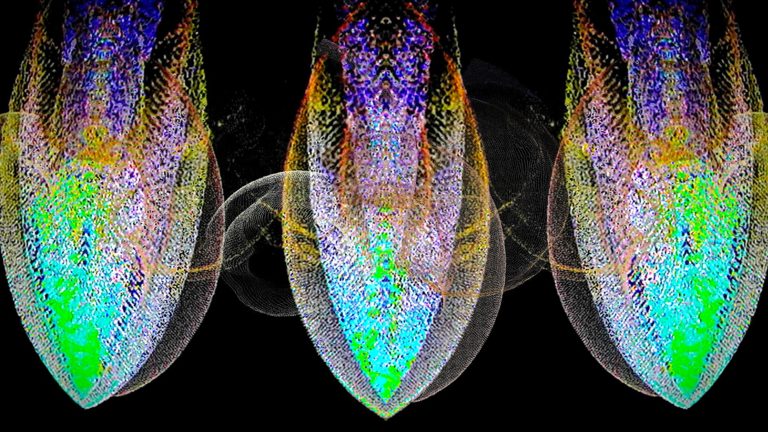
Ghosts of our Fallen (2019) by Kit Young
…an attempt to come to terms with immediate personal loss, and the losses my community has experienced over the past couple years. Also, it is part of continuing research to find trap doors and escape hatches that will lead us to new realities. The underlying tone is set by readings of The Uninhabitable Earth by David Wallace-Wells and Parable of the Sower by Octavia Butler; both works intimately concerned with how our human endgame is playing out. My kinfolk, the cicadas, also had much to contribute. I filmed this piece using the latest build of my video feedback diorama, a portable apparatus that uses several cameras and screens to establish visual feedback loops. I also used the Signal Culture app Re:Trace to achieve the raster manipulation of video captured from the diorama. (Kit Young)
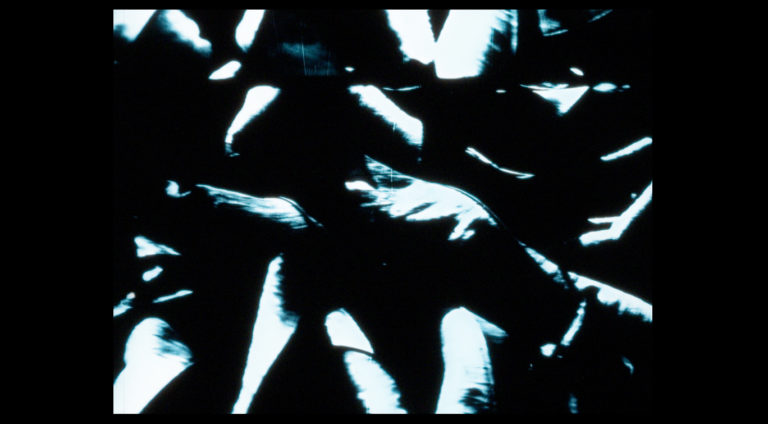
tulips are my father’s favourite flower (2018) by Nisha Platzer
Hand processed tinted and toned 16mm film uses the subject of the work, tulips, to guide reflection and interpretation of both artist and viewer. Sound by Apollo. (Nisha Platzer)
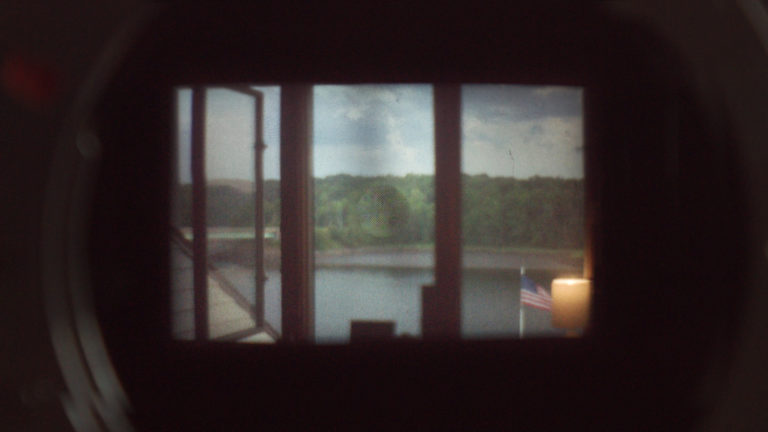
Itinerary of Surfaces (2020) by Carl Elsaesser
What I am//What you are//salt and sweat on my tongue.
A quarantined love letter of domestic imagination. A year of rain and other fluids. Contentment is a difficult emotion. 26 Main St. Bucksport ME (Carl Elsaesser)
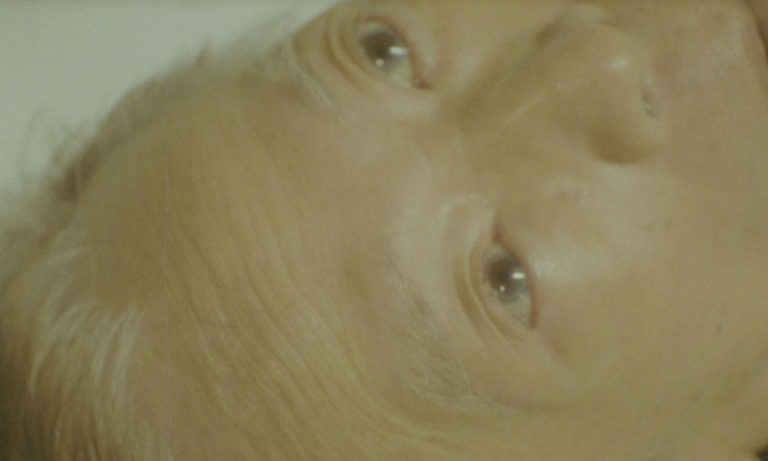
Distancing (2019) by Miko Revereza
Shot on 16mm colour film, Distancing documents the logistics and poetics of Miko Revereza’s decision to leave the United States and return to the Philippines. “My ticket is one way,” the filmmaker explains to his grandmother as she suddenly realizes he isn’t coming back. Distancing is a film about this personal realization; to leave and thus become exiled from the country where he was raised. The film acts as a memoir and cites a lineage of statelessness in cinema. It is a personal document of the moment anticipating a great departure. (Miko Revereza)
 Gregorio Méndez (Spain) began his artistic work in the late ‘70s with painting, drawing, performance, happenings and installations. At this time, he begins to experiment with video art and continues to work in this medium, alongside producing and directing documentary films. He was a founding member of the action art collective El Afilador, with which he was involved in the construction of networks of Situationist artist groups in Spain during the ‘90s. He has also realized stage designs for professional and amateur theaters as well as posters and illustrations. He work has shown in museums and exhibition spaces such as the CAB in Burgos, Laboral in Gijón and the Feria de Arte Contemporáneo in Lisbon, as well as in galleries and art spaces in Madrid, Barcelona, Valencia and Stuttgart.
Gregorio Méndez (Spain) began his artistic work in the late ‘70s with painting, drawing, performance, happenings and installations. At this time, he begins to experiment with video art and continues to work in this medium, alongside producing and directing documentary films. He was a founding member of the action art collective El Afilador, with which he was involved in the construction of networks of Situationist artist groups in Spain during the ‘90s. He has also realized stage designs for professional and amateur theaters as well as posters and illustrations. He work has shown in museums and exhibition spaces such as the CAB in Burgos, Laboral in Gijón and the Feria de Arte Contemporáneo in Lisbon, as well as in galleries and art spaces in Madrid, Barcelona, Valencia and Stuttgart.
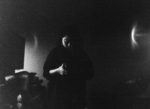 Hua Xi Zi (China/US) works and thinks about light and the experience of seeing—in exploring the flowing life and one’s relation with outside systems. From celluloid film to analogue video to digital video processing, screen-based and optical projections, installations and performances, Xi Zi questions the existing methods of shadow-image production by experimenting alternative ways to “un-expose.” Her practice and research turn into materiality while asking questions about spectatorship and participation—seeking tenderness that withholds freedom and forgiveness. Xi Zi recently completed her MFA from the School of the Art Institute of Chicago where she was known as “Cecilia.”
Hua Xi Zi (China/US) works and thinks about light and the experience of seeing—in exploring the flowing life and one’s relation with outside systems. From celluloid film to analogue video to digital video processing, screen-based and optical projections, installations and performances, Xi Zi questions the existing methods of shadow-image production by experimenting alternative ways to “un-expose.” Her practice and research turn into materiality while asking questions about spectatorship and participation—seeking tenderness that withholds freedom and forgiveness. Xi Zi recently completed her MFA from the School of the Art Institute of Chicago where she was known as “Cecilia.”
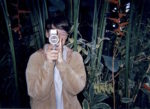 Charlotte Clermont’s (Canada) video and sound work addresses the concept of time through symbolic and emotional associations. Often collaborating with others, she uses analogue recording devices and works with the malleability of film and magnetic tape to build space-times that reside between imagination and memory, the past and the present. With a Bachelor’s degree in Studio Arts from Concordia University, she has exhibited in Canada and internationally at festivals and exhibitions including the Rendez-vous Québec Cinéma, Antimatter, the Paris Festival for Different and Experimental Cinema, International Film Festival Rotterdam, Künstlerhaus Bethanian, Arctic Moving Image and Film Festival (Norway) and Edinburgh International Film Festival. She has been selected for artist residencies in Japan, the United States and Italy. Her works are distributed by Vidéographe and Winnipeg Film Group.
Charlotte Clermont’s (Canada) video and sound work addresses the concept of time through symbolic and emotional associations. Often collaborating with others, she uses analogue recording devices and works with the malleability of film and magnetic tape to build space-times that reside between imagination and memory, the past and the present. With a Bachelor’s degree in Studio Arts from Concordia University, she has exhibited in Canada and internationally at festivals and exhibitions including the Rendez-vous Québec Cinéma, Antimatter, the Paris Festival for Different and Experimental Cinema, International Film Festival Rotterdam, Künstlerhaus Bethanian, Arctic Moving Image and Film Festival (Norway) and Edinburgh International Film Festival. She has been selected for artist residencies in Japan, the United States and Italy. Her works are distributed by Vidéographe and Winnipeg Film Group.
Karissa Hahn (US) is a visual artist based in Los Angeles. Her work articulates the nature of contemporary image reproduction and dissemination through the use of analogue and digital technologies.
 Laura J. Padgett’s (Germany/US) work explores unoccupied spaces, both real and imaginary, to reveal truths that are often overlooked. Like her subject, her work inhabits the spaces between photographic storytelling and installation, between language and image, between history and current affairs. While she uses photographic media the results are always more than photographic objects. Since the 90s Padgett has produced a wide-ranging body of work, adopting various genres such as architectural photography, still life and urban street photography while exploring our ideas of communal and cultural identity. Padgett’s work is often displayed in public spaces and plays with scale, material and the way we interpret images and their relation to history. The breadth of her work demonstrates an ability to move fluidly between genres, based on her background in painting, art history and architecture.
Laura J. Padgett’s (Germany/US) work explores unoccupied spaces, both real and imaginary, to reveal truths that are often overlooked. Like her subject, her work inhabits the spaces between photographic storytelling and installation, between language and image, between history and current affairs. While she uses photographic media the results are always more than photographic objects. Since the 90s Padgett has produced a wide-ranging body of work, adopting various genres such as architectural photography, still life and urban street photography while exploring our ideas of communal and cultural identity. Padgett’s work is often displayed in public spaces and plays with scale, material and the way we interpret images and their relation to history. The breadth of her work demonstrates an ability to move fluidly between genres, based on her background in painting, art history and architecture.
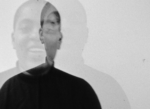 Onyeka Igwe (United Kingdom) is an artist and researcher working between cinema and installation. She was born and is based in London, UK. In her non-fiction video work Onyeka uses dance, voice, archives, sound design and text to create structural “figure-of-eights,” a format that exposes a multiplicity of narratives. Her works have been shown at the Institute of Contemporary Arts and LUX, London; the Berlin Biennale; International Film Festival Rotterdam and the Smithsonian African American Film Festival, among others. She has exhibited at articule, Montreal; Trinity Square Video, Toronto; and Jerwood Space, London as well as other spaces. She was awarded the New Cinema Award at Berwick Film and Media Arts Festival 2019 and the 2020 Arts Foundation Fellowship Award for Experimental Film.
Onyeka Igwe (United Kingdom) is an artist and researcher working between cinema and installation. She was born and is based in London, UK. In her non-fiction video work Onyeka uses dance, voice, archives, sound design and text to create structural “figure-of-eights,” a format that exposes a multiplicity of narratives. Her works have been shown at the Institute of Contemporary Arts and LUX, London; the Berlin Biennale; International Film Festival Rotterdam and the Smithsonian African American Film Festival, among others. She has exhibited at articule, Montreal; Trinity Square Video, Toronto; and Jerwood Space, London as well as other spaces. She was awarded the New Cinema Award at Berwick Film and Media Arts Festival 2019 and the 2020 Arts Foundation Fellowship Award for Experimental Film.
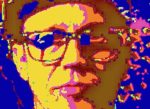 Kit Young (US) is an artist who produces video and performance art. He builds video systems that can be played in an improvisational way. He performs collaboratively with other sound and visual artists at venues that host expanded cinema events. Experimental sessions conducted in his studio become video essays and shorts. Though his work utilizes new media techniques, his practice is grounded in the experimental cinema thematic traditions of perception, awareness, social justice and humor. He has been an artist in residence at the Squeaky Wheel Film and Media Center, Buffalo NY and at Signal Culture, Owego NY. He is a guest lecturer at San Francisco State University and is a Berkeley Civic Arts Grant recipient. Recent screenings or performances have taken place around the country and abroad, most recently at the Coaxial Arts Foundation (Los Angeles), Elastic Arts (Chicago) and the Ann Arbor Film Festival 2020 (live stream).
Kit Young (US) is an artist who produces video and performance art. He builds video systems that can be played in an improvisational way. He performs collaboratively with other sound and visual artists at venues that host expanded cinema events. Experimental sessions conducted in his studio become video essays and shorts. Though his work utilizes new media techniques, his practice is grounded in the experimental cinema thematic traditions of perception, awareness, social justice and humor. He has been an artist in residence at the Squeaky Wheel Film and Media Center, Buffalo NY and at Signal Culture, Owego NY. He is a guest lecturer at San Francisco State University and is a Berkeley Civic Arts Grant recipient. Recent screenings or performances have taken place around the country and abroad, most recently at the Coaxial Arts Foundation (Los Angeles), Elastic Arts (Chicago) and the Ann Arbor Film Festival 2020 (live stream).
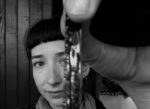 Nisha Platzer (Canada) is a multidisciplinary artist and filmmaker who plays with analogue and handmade processes. She is interested in the melding of genres and artistic mediums and explores themes of identity and the intersections therein. Her films and photographs have been exhibited at festivals on three continents and she has attended artist residencies in South and North America. Nisha was a live-in artist resident at the James Black Gallery in Vancouver 2015–2016 and is a member of Iris Film Collective. Her work can be found in music videos, documentaries and narrative films.
Nisha Platzer (Canada) is a multidisciplinary artist and filmmaker who plays with analogue and handmade processes. She is interested in the melding of genres and artistic mediums and explores themes of identity and the intersections therein. Her films and photographs have been exhibited at festivals on three continents and she has attended artist residencies in South and North America. Nisha was a live-in artist resident at the James Black Gallery in Vancouver 2015–2016 and is a member of Iris Film Collective. Her work can be found in music videos, documentaries and narrative films.
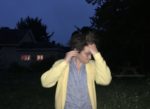 Carl Elsaesser (US) is a filmmaker, programmer and scholar living and working in Maine. His work explores intersectional conversations on the politics and affects of the everyday. His work is informed by practice-based experimentation and a broad understanding of media theory. His practice is informed by the poetics of Tan Lin, Kathleen Stewart, John Durham Peters, Susan Lepselter and many others whose work uses broad, expansive, slow practices to critically think through histories without losing sight of a humanistic connection to the world. His films have screened internationally and won numerous awards including the Barbara Aronofsky Latham Award at the Ann Arbor Film Festival.
Carl Elsaesser (US) is a filmmaker, programmer and scholar living and working in Maine. His work explores intersectional conversations on the politics and affects of the everyday. His work is informed by practice-based experimentation and a broad understanding of media theory. His practice is informed by the poetics of Tan Lin, Kathleen Stewart, John Durham Peters, Susan Lepselter and many others whose work uses broad, expansive, slow practices to critically think through histories without losing sight of a humanistic connection to the world. His films have screened internationally and won numerous awards including the Barbara Aronofsky Latham Award at the Ann Arbor Film Festival.
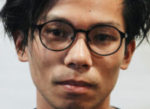
Miko Revereza (Philippines/US) is an experimental filmmaker currently based in Mexico City. His upbringing as an undocumented immigrant in the United States for over 25 years informed his films, DROGA!, DISINTEGRATION ’93–’96, No Data Plan and Distancing. Miko’s films have screened widely and exhibited internationally at festivals such as Locarno Film Festival, Yamagata International Documentary Film Festival and the Film Society of Lincoln Center’s Art of the Real. He was listed in Filmmaker Magazine’s 25 New Faces of Independent Cinema in 2018. He was a featured artist at the 2019 Flaherty Seminar and is an MFA graduate of Bard College.